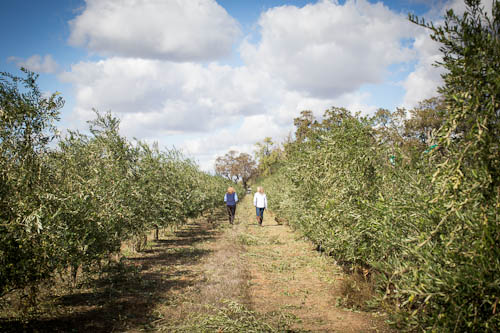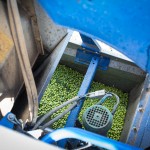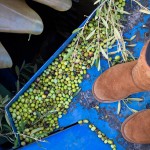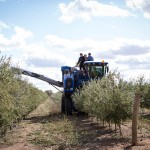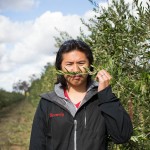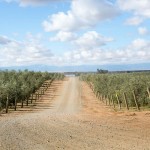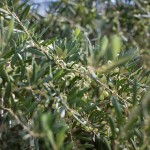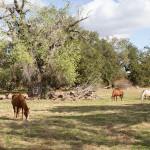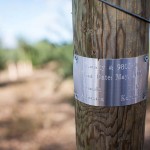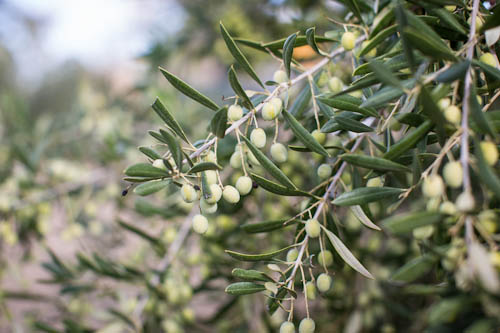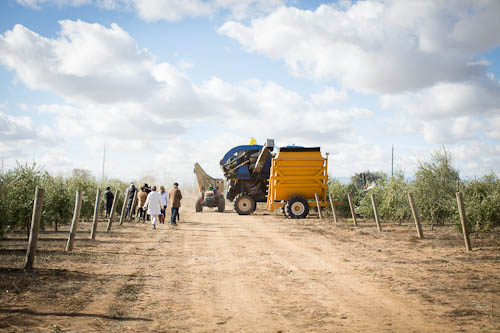When I was asked by the ranch if I’d be interested in visiting their 6,000 acres of beautiful olive orchards during the most exciting time of year—harvest time!—first, I checked to see if they were on Tom’s list (phew, yes, of course they were), and then I clapped my hands and jumped up and down.
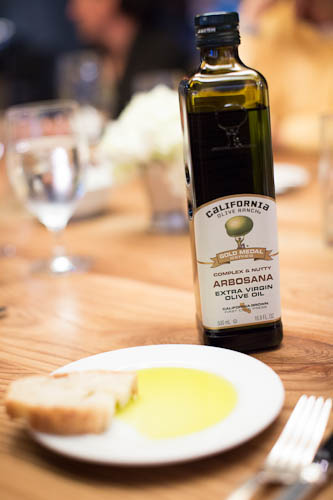
Arbosana EVOO
The trip started with a special dinner at Ella, featuring a menu centered around EVOO, naturally. It was really interesting to see how different varietals were used in all the dishes, ranging from salmon poached in a mellow, floral EVOO, to chocolate cake made with a fruitier EVOO.
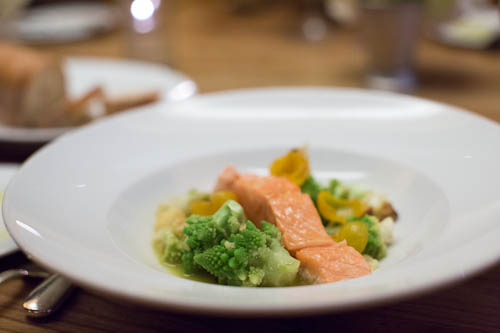




The next morning, we headed to the ranch to begin our education, blessed with an unbelievably gorgeous, sunny day, with picture-perfect clouds that just wouldn’t quit.
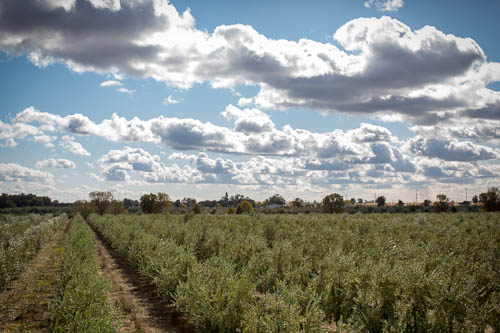
Blue Skies and Emerald Orchards
We met Adam Englehardt, VP of Orchard Operations at California Olive Ranch. Adam is a fifth generation farmer. His family actually has a small olive ranch of their own in the Livermore Valley. His favorite oil is the Arbequina, and he has spearheaded the ranch’s winning strategy of combining old techniques with new technologies.
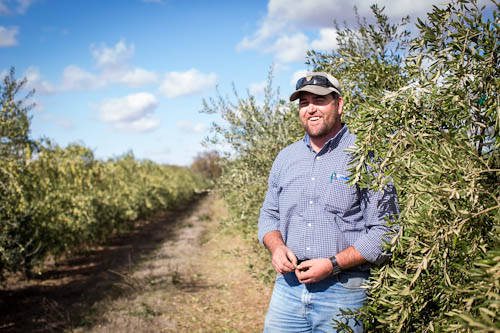
Adam Englehardt, VP of Orchard Operations at California Olive Ranch
Northern California is located at 39°N latitude, which is the same as that of northern Spain and northern Tuscany, so it shares many of the same harvesting conditions. But, unlike traditional growers, California ranchers have tweaked their methodology to grow a tree that would allow them to harvest it more efficiently, thereby producing a higher quality oil.
“Like almonds, pistachios, and grapes…we have a history of taking a Mediterranean product and applying some Yankee ingenuity.”
– Adam Englehardt, VP of Orchard Operations at California Olive Ranch
This is coming from a guy who gets constant reports on nutrient and water levels from solar-powered irrigation probes, and can irrigate on demand via iPhone.
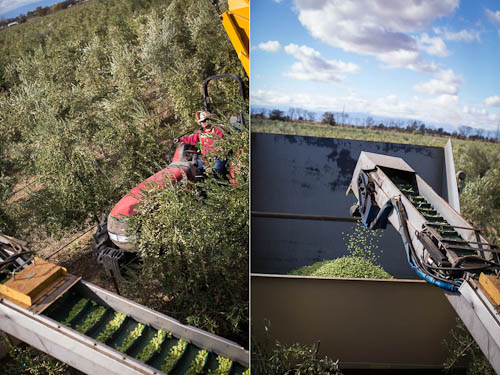
The mechanical harvester
Let’s start from the beginning though. Way before iPhone farm management, back in 1996, a mechanical harvester was developed, allowing farmers to harvest their olive trees quickly. The harvester is much like the one used for wine grapes. The machine straddles the row of trees and as it moves down the line, it brushes off all the olives and captures it into a holding bin. The catch is, the trees have to be kept small enough so that the machine can sit above them. In order to make use of this new machine, farmers matched the tree to the technology and started to grow them in hedgerows (like wine grapes).
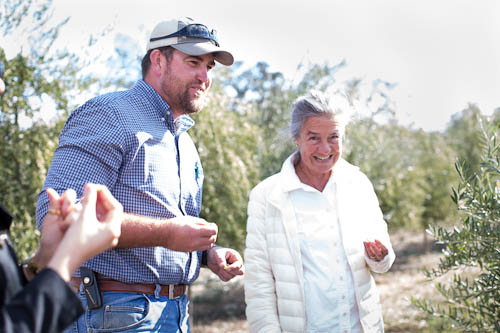
Adam Englehardt and Patricia Unterman tasting olives
The 3 varieties of olives grown by California Olive Ranch are:
- Koroneiki (spicy)
- Arbequina (fruity)
- Arbosana (nutty)
All of the varietals were adapted to make the tree’s growth naturally more compact. They were planted closer and were given little to no water or fertilizer. Apparently olive trees do well under stress. They’ve been evolved to operate under harsh conditions in the desert, being eaten by goats, burned by day and frosted by night.
It may have taken a few years to figure out, but from the looks of it, the ranch has their system nailed down now. Growing the trees in hedgerows using a system of “super high-density planting” allows for mechanical harvesting, which allows for the olives to be picked at perfection, quickly and efficiently, within the tight time frame of harvest.
Oh yes, did I mention the timing? Every year, the ranchers have only a 45-day window to harvest all of their fruit for the year. They need to beat the frost, pick early, pick quickly, and then press as soon as possible because once the olive is picked it starts to oxidize. Talk about stress.
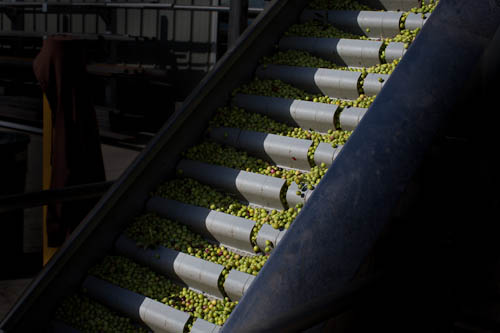
California Olive Ranch
From harvester, to the holding gondola, into the mill, the olives never touch the ground so bruising and oxidation is kept to a minimum. And, because the olives only travel about 35 minutes to the mill, they are pressed into fresh extra virgin olive oil within a couple of hours of being plucked from the tree.
The grand sum of all these moving parts? Seriously tasty extra virgin olive oil. Liquid gold.
